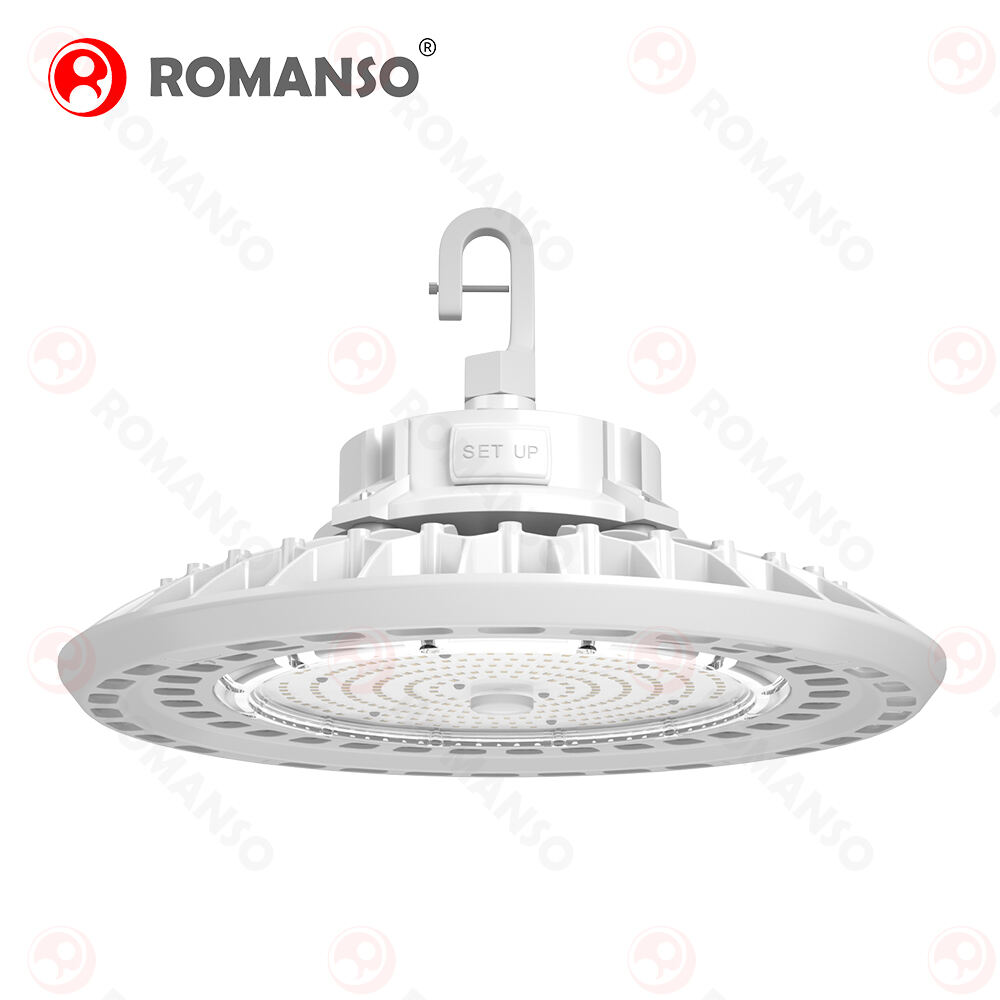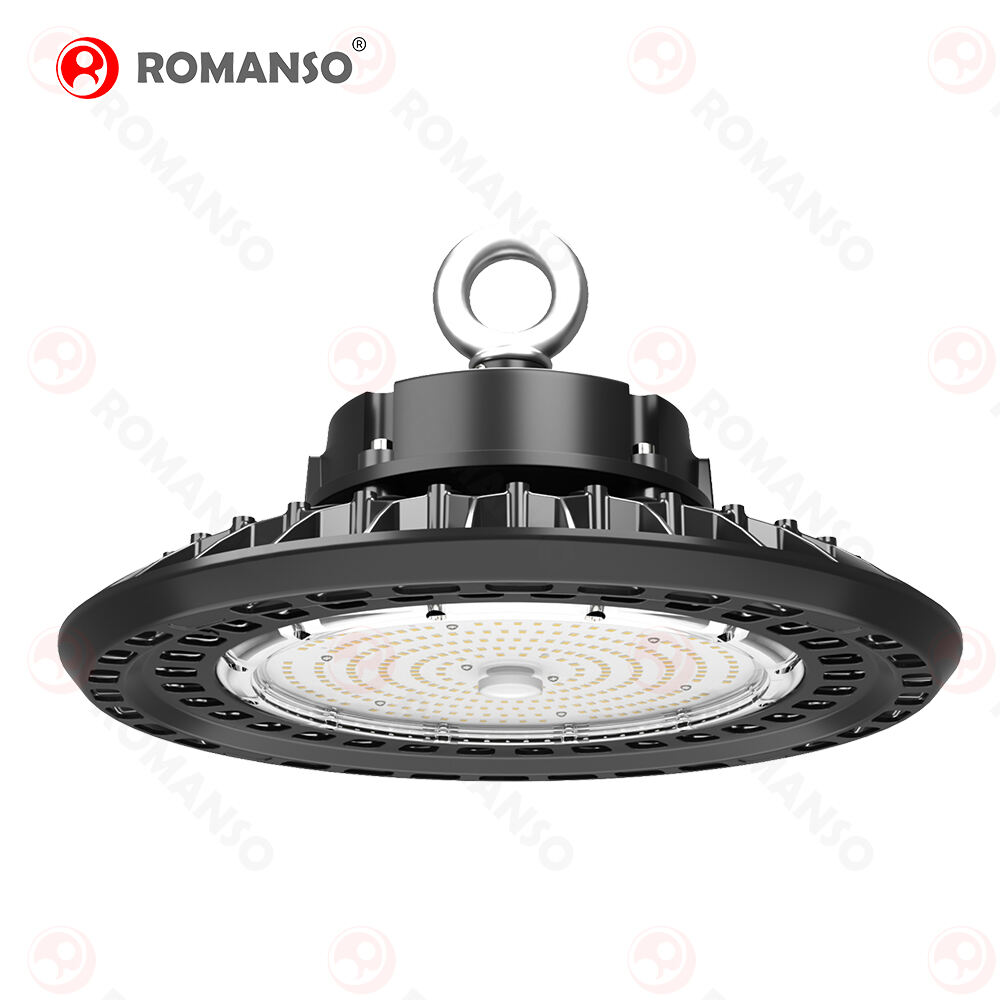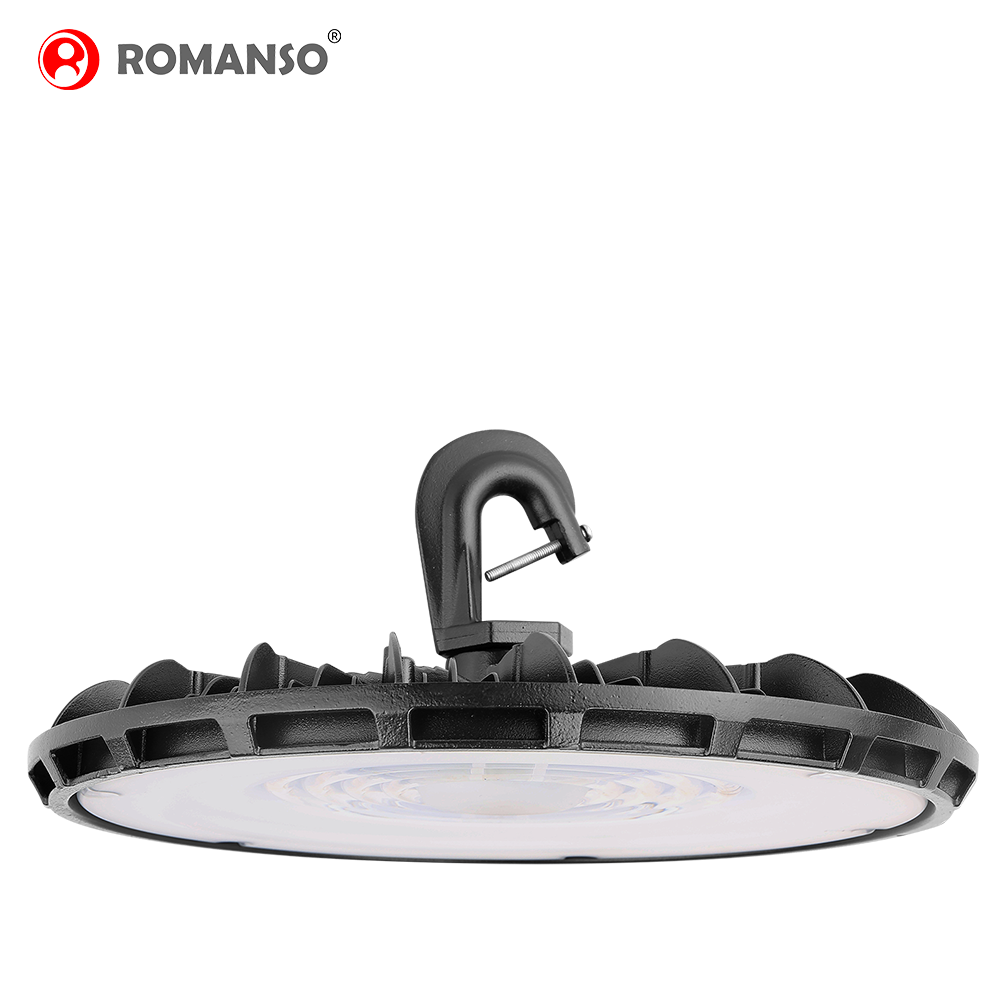LED Work Lighting: Illuminating Your Workspace
2025
Benefits of LED Work Lighting in Industrial Spaces
Energy Efficiency and Cost Savings
LED work lighting in industrial spaces offers substantial benefits in energy efficiency and cost savings. These lights consume up to 75% less energy compared to traditional lighting options, such as incandescent or fluorescent bulbs. This reduction in energy usage results in significant savings on utility bills, making LED lighting a financially sound investment for businesses. Companies often find that the return on investment from switching to LED lighting occurs within a short period, sometimes within two years, due to these reduced energy costs. Furthermore, adopting energy-efficient LED lighting aligns with corporate sustainability initiatives, helping businesses minimize their carbon footprint and contribute to environmental conservation.
Enhanced Visibility and Safety
One of the key advantages of LED lights is their ability to provide bright and consistent illumination, enhancing visibility in industrial workspaces. These lights effectively reduce shadows and dark spots, creating safer working environments by minimizing the likelihood of accidents and injuries that can result from poor lighting conditions. Research indicates that workplaces equipped with sufficient lighting can achieve up to a 50% decrease in accidents. By prioritizing safety through improved visibility, companies not only safeguard their employees but also increase overall productivity, as workers can perform their tasks with greater confidence and efficiency.
Longevity and Durability in Harsh Environments
LED lights are renowned for their exceptional longevity and durability, making them suitable for the demanding conditions of industrial spaces. Their lifespan typically exceeds 25,000 hours, which is substantially longer than traditional bulbs. This extended service life means fewer replacements, reducing both downtime and maintenance costs for facilities. Moreover, LEDs are resistant to vibrations and extreme temperatures, making them ideal for harsh environments where traditional lighting solutions might fail. By utilizing lights engineered to withstand challenging conditions, companies benefit from reliable illumination that ensures continuous operation without frequent interruptions for repairs or replacements.
Key Features to Look for in Industrial LED Lighting
Adjustable Wattage and Dimming Capabilities
When selecting industrial LED lighting, adjustable wattage and dimming capabilities are crucial features. Flexible wattage options allow businesses to tailor the lighting intensity to their specific needs, ensuring adequate illumination without overconsumption. This adaptability not only optimizes energy use but also complements diverse application needs, from machinery areas requiring intense light to less demanding spaces. Furthermore, dimming capabilities contribute to substantial energy management. By using dimming features during off-peak hours, facilities can save up to 30% more energy. Moreover, dimming extends the lifespan of LED lights, reducing maintenance costs and downtime.
IP Ratings and Waterproof Design
Understanding IP ratings is fundamental when assessing the durability of LED lights in industrial settings. These ratings indicate the ability of lighting fixtures to withstand dust and moisture, making them essential for environments that encounter hazardous conditions. Industries such as food processing and areas involving heavy machinery greatly benefit from lights with waterproof features. Proper selection of IP-rated fixtures ensures longevity and prevents damage, thus extending their operational lifespan. Ensuring that the lights can endure tough conditions minimizes the frequency of replacements and the associated costs.
High Power Output for Large Spaces
For expansive industrial areas, selecting LED lighting with high power output is imperative for effective illumination. Larger spaces demand lights with higher lumen outputs to maintain adequate light levels without causing shadows or dark corners. Strategically placing these high-powered lights enhances even light distribution, ensuring comprehensive coverage across the facility. Proper planning and placement help prevent uneven lighting, which can be both inefficient and costly due to potential safety hazards. High power output, coupled with optimal light distribution, supports both operational efficiency and safety in large industrial areas.
For more information about LED work lighting solutions and other industrial applications, you can explore various options provided by leading manufacturers in the sector.
Top-Rated LED High Bay Lights for Modern Workplaces
HB Series LED High Bay Lights: Elegant White Design for Energy Savings
The HB Series LED High Bay Lights are renowned for their stylish white design, which adds a modern touch to any workplace environment. These lights are engineered to deliver significant energy savings while maintaining stellar brightness, making them a smart choice for industrial facilities aiming for efficiency and elegance. With various wattage options catering to different industrial applications, the HB Series ensures versatile lighting solutions suitable for warehouses, manufacturing spaces, and more.

HB Series Power Adjustable Version: Customizable Brightness
When it comes to flexible lighting, the HB Series Power Adjustable version stands out by allowing users to tailor brightness levels to their specific needs. This adaptability makes the lights ideal for dynamic environments where lighting intensity may vary throughout the day. The user-friendly controls facilitate rapid adjustments, enhancing energy management by adapting to operational demands. These features make it easier to maintain the perfect lighting balance in industrial settings, offering both efficiency and comfort.

ROMANSO H2307: Optimized Light Distribution
The ROMANSO H2307 LED High Bay Light is engineered to deliver exceptional light distribution, making it perfect for expansive industrial areas like warehouses and factories. This model reduces glare and maximizes efficiency, ensuring an optimal lighting environment that supports productivity and safety. Customers have consistently praised its performance and reliability, highlighting its efficacy for large-scale applications. Its design focuses on durability and brightness, ensuring long-term, effective lighting solutions.

Optimal Installation Strategies for Maximum Efficiency
Proper Mounting Heights and Coverage
Determining the correct mounting heights and ensuring adequate coverage are vital aspects of optimizing LED light installations for maximum efficiency. By strategically calculating the optimal mounting height, businesses can avoid unnecessary energy consumption while achieving uniform light distribution. Following manufacturer guidelines plays a crucial role in this process, as they are designed to enhance lighting efficiency significantly. For instance, adhering to these guidelines has been shown to reduce energy waste by up to 20%, reflecting not only on the utility bill but also on the operational efficiency.
Integrating with Existing Machinery
Integrating LED lighting with existing machinery can dramatically enhance operational workflows. When lights are properly aligned with tools and equipment, productivity and safety are notably improved. This strategic alignment minimizes shadowing and highlights critical working areas, allowing workers to perform tasks more efficiently. Real-world case studies reveal how effective integration of LED lights with machinery has led to increased uptime and productivity, showcasing a clear return on investment. Such integration doesn't just illuminate spaces; it increases overall operational efficiency.
Smart Controls for Energy Management
Implementing smart lighting controls boosts energy efficiency by enabling dynamic management of energy usage. Automated lighting systems can be programmed to adapt to real-time occupancy and environmental conditions. According to recent research, utilizing smart technology in lighting can lead to energy savings of up to 50% in industrial settings. By leveraging these automated systems, businesses can reduce energy costs while maintaining optimal lighting conditions. Such advancements in technology not only support environmental sustainability but also enhance the financial efficiency of industrial operations.
Maintenance Tips to Extend LED Work Light Lifespan
Regular Cleaning for Peak Performance
Maintaining the brightness of LED work lights requires regular cleaning to combat the buildup of dust and grime. As these elements accumulate, they can significantly reduce light output, affecting both efficiency and illumination quality. Implementing a cleaning schedule ensures that LED fixtures consistently perform at their best, delivering the clarity needed for high-precision tasks. Studies have shown that routine maintenance not only keeps lights operational but can also extend their lifespan, reducing the need for frequent replacements and associated costs.
Addressing Environmental Wear and Tear
In industrial settings, LED work lights are often exposed to environments that accelerate wear and tear. Proactive maintenance strategies can mitigate damage and prolong the longevity of your lighting equipment. Monitoring environmental conditions—like humidity, temperature, and abrasive factors—helps in predicting and planning maintenance needs. By addressing these conditions proactively, businesses can save up to 30% in long-term operational costs, as demonstrated by various industry studies. This approach ensures that the lighting remains reliable and efficient throughout its service life.
Upgrading Components Over Time
The continuous advancement of LED technology suggests that periodic upgrades to outdated components can yield improved performance and efficiency. Replacing older parts with newer, more energy-efficient versions helps reduce operational costs and optimize lighting capabilities. Facility managers should remain informed about technological advancements to make strategic updates that maximize their investment. By keeping up with industry trends, managers can ensure that their lighting systems meet evolving standards and deliver enhanced illumination quality.

 EN
EN
 AR
AR
 BG
BG
 HR
HR
 CS
CS
 DA
DA
 NL
NL
 FI
FI
 FR
FR
 DE
DE
 EL
EL
 HI
HI
 IT
IT
 JA
JA
 KO
KO
 NO
NO
 PL
PL
 PT
PT
 RO
RO
 RU
RU
 ES
ES
 SV
SV
 CA
CA
 TL
TL
 IW
IW
 ID
ID
 LV
LV
 LT
LT
 SK
SK
 SL
SL
 UK
UK
 ET
ET
 GL
GL
 HU
HU
 MT
MT
 TH
TH
 TR
TR
 FA
FA
 MS
MS
 GA
GA




